All imagery is courtesy of the artist.
Nicole Mueller is a painter at heart but her multidisciplinary work includes large-scale paintings, murals, and installations. Driven by process, her work is typically abstract and vibrant: filled with rhythmic gestures and pockets of deep scape. Her paintings are reflections of an inner world built up through layers of transparent washes, sweeping brushstrokes, or spray-painted atmospheric hazes. They fill the canvases with color edge-to-edge, like sections of a more expansive world, teeming with portals and nebulous forms suspended in a state of flux. They are freeze-frames that capture the sensation of transformation: always on the verge of merging or breaking apart into amorphous shapes. Nicole is interested in dichotomies, and her work often represents conflicting aspects of her inward and outward identity. She hopes her work feels generous and alive.
Can you tell us about your process?
The process is where I find the most joy within painting. I actually love that “blank canvas” feeling of just beginning a piece, where everything feels open-ended.
I’m not the type of artist that starts with an idea or a fixed end point in mind, and then works backward from there…it’s not just about the execution for me. I enjoy reveling in this state of possibility and I try to preserve that for as long as possible within a painting. For me, the direction of a painting typically unfolds in the process of making it. It’s a very active process and engages me completely while I’m in the midst of painting.
I would also add that my process differs depending on the type of project I’m working on: commissions, murals, installations, or public art projects are usually more pre-planned. I pull from my painting process in the studio, but there is more of a design phase upfront or collaboration with other partners, and the process of making involves the execution of that idea.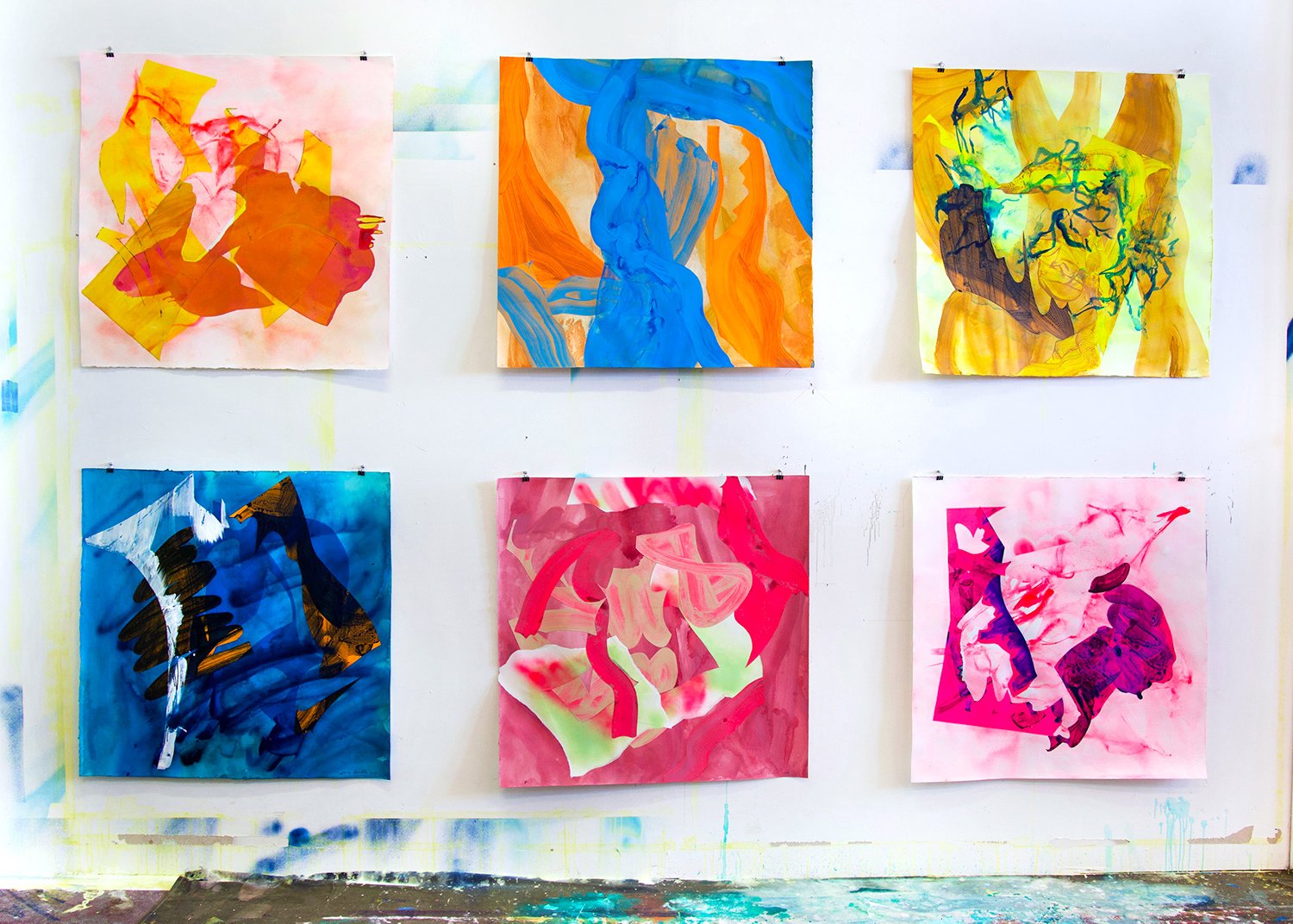
Can you tell us about your journey to becoming a professional artist?
I think I’ve always wanted to be an artist, but as far as deciding it was something I wanted to pursue professionally, I think that journey really began in art school. I studied painting at the Maryland Institute College of Art and added illustration as a minor because the courses seemed more business-oriented. I was always drawn to painting though but didn’t have a clear idea when I graduated of how to really make a career of it. I started working as a mural assistant and held many jobs in support of my studio practice (dog sitter, gallery assistant, and museum staffer among them). Eventually, I moved from Baltimore, MD to the west coast in San Francisco, CA where I’m currently based. I started a podcast with a close artist friend called Beyond the Studio to learn more about how other artists were making a living through their work. I even had a “parallel career” working in higher education–first in college admissions then later career development.
It’s been a non-linear road and a constant hustle, but it finally feels like all of that hard work is starting to pay off. About a year and a half ago I was able to leave my day job thanks to a large painting commission, and have been able to fully focus on making my painting practice my full-time profession ever since.
When you are looking for inspiration, what resources do you turn to?
I really do think inspiration can come from anywhere, so I try to be open and collect ideas from all sources.
When I was working on the proposal for my latest public art project (a series of mosaic and architectural glass pieces for a recreation center in Tempe, AZ), I started collecting images in an album on my phone–everything from colors or textures I’d find out on walks with my dog, or screenshots of things I would come across online. I really let myself fall down these internet rabbit holes, and eventually, all of that source material starts to take shape.
I started visiting local fabrication studios in person and exploring new materials; just talking with other arts professionals really got me excited about the creative possibilities for that project.
It helps to have a specific project to motivate me to seek out inspiration, but if I’m feeling creatively tapped out at home, I can always guarantee that a trip to a local museum like SFMOMA will re-energize me.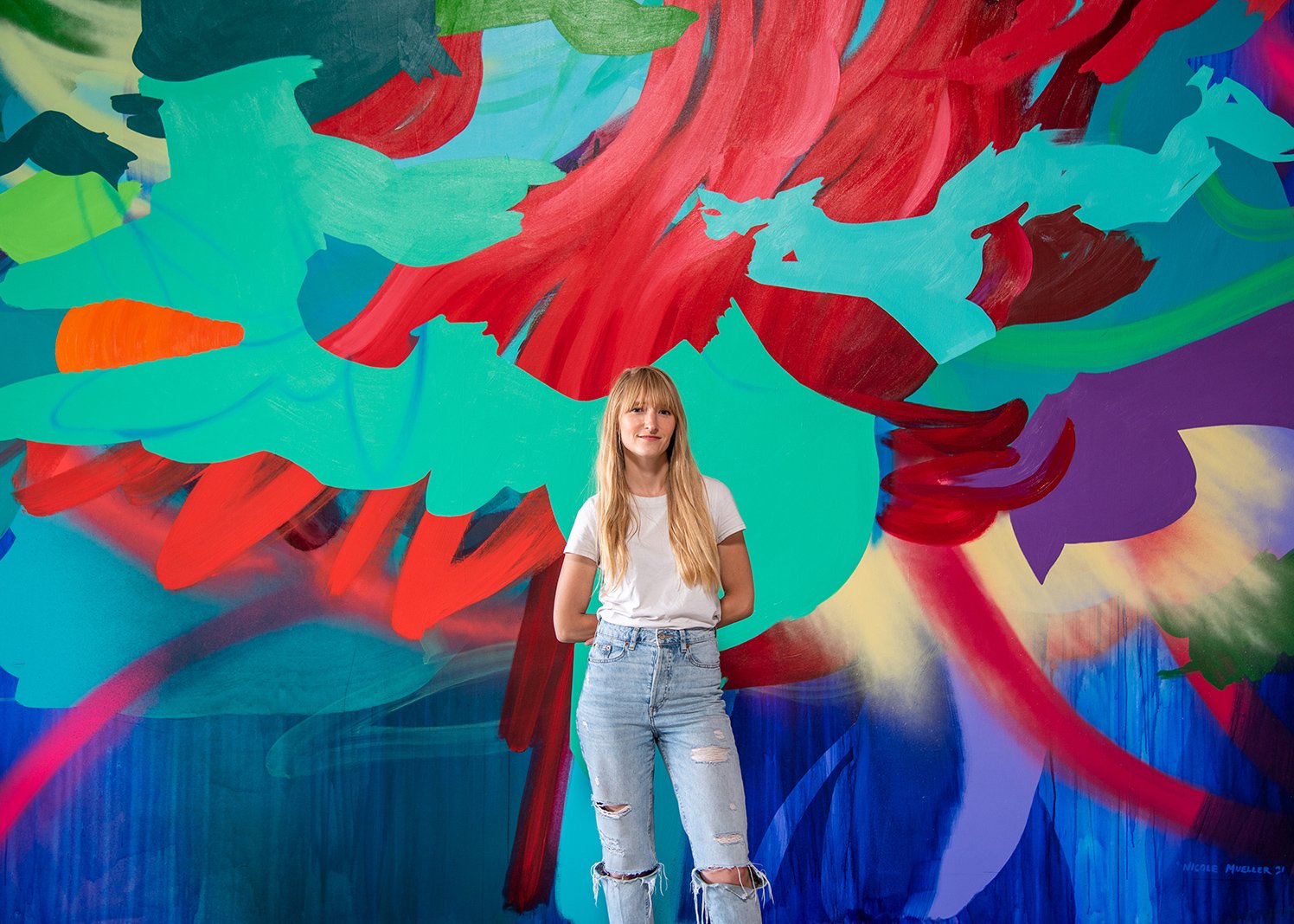
Walk us through a typical day in your studio. What is your routine?
There really is no typical day in the studio, but that’s part of what I love about being an artist. I enjoy the variety and the fact that my routine is really project-dependent. I have worked more traditional jobs in the past, and while there are really unique challenges to being a full-time artist (it’s the most demanding and fulfilling job I’ve ever had), I much prefer the way my lifestyle molds around my practice and the way my work and life are intertwined.
This past month I moved into a new studio that is twice as large as my previous one in San Francisco. So for nearly two weeks straight, I was packing and moving all of my things across the city in a U-Haul, taking multiple trips back and forth between studios, to the hardware store, etc. The next week I was focused on getting the studio set up and functioning, cleaning and organizing the new space.
It’s been a lot of heavy lifting recently! I’m looking forward to shifting into more painting now that I’m in the new studio. Shortly, I will start the mosaic piece for my public art project next month.
Finding the right rhythm to be productive in the studio can be a challenge, what advice do you have for staying productive and focused?
Having deadlines always helps keep me motivated and accountable. If you don’t have any projects on the horizon, then start applying to some in order to create some deadlines for yourself. That’s how I was able to maintain a studio practice while working other full-time day jobs for years. Otherwise, it’s just too easy to let your creative work fall by the wayside.
The caveat is that constant productivity is an unachievable goal. I have learned that my output ebbs and flows, and can be seasonal. Especially when I was working multiple jobs, it felt like a constant juggling act, and I’ve learned to cut myself some slack when figuring out what I have the bandwidth for. The reality is I only have so much energy, and I may have seasons of “high productivity” where I produce a lot of paintings in a short amount of time, followed by periods of rest.
In 2020, I was still working a day job and only produced a dozen or so small paintings the entire year (also, hello pandemic). The following year, I received the commission that enabled me to leave that job and produced the largest paintings of my career along with the most paintings in a given year, up to that point.
Right now I feel privileged that my art practice is my full-time focus, which brings its own set of unique challenges for staying motivated. But deadlines still keep me moving forward.
What advice do you have for combating creative block?
Whenever I’m feeling creatively blocked, I have to ask myself whether it’s because I haven’t tended to some other area of my life (for example, I’ve been neglecting my basic needs and therefore don’t have the energy to give to my creative practice), or is it because I have the energy but have lost the source of connection to my work? If it’s the latter, then I think shifting gear helps – anything to get my hands moving that isn’t tied to the core of my practice.
Recently, I’ve been trying to incorporate more drawing and writing into my practice…I used to love figure drawing in art school and rediscovering my interest in another mode of making usually sparks some idea for a painting in the periphery.
I think part of why I like working in different mediums…painting and installation work, for example…is because it keeps me moving and helps me not get too stuck on any one problem.
As an artist, how do you measure success? Can you recall a specific event in your career that made you feel successful?
I have to constantly reevaluate and adjust the way I measure success for myself. I did feel a real sense of accomplishment when I landed the project that enabled me to leave my day job. It had been a long-term goal of mine, and I feel like it was something I really manifested and was finally ready to step into. Then, when I landed my latest public art project, it felt like that first year wasn’t a fluke and this was something I could really make sustainable. Artistically, as long as I feel like I’m continuing to grow and challenge myself, then I feel successful, but I also want to be able to financially support myself through my work. That continues to be a goal, and I’ve had to continuously expand my own vision of success with every new milestone.
How do you see the art market changing? Where you do see yourself in this transition?
What a big question! It’s a complicated one. For one, the art market is a very specific part of the overall arts ecosystem and actually, one that can feel very separate from many artists’ everyday lived experiences.
Ever since social media entered the picture, I think there’s been a gradual shift away from the mentality that artists need to be reliant on a third party like a gallery in order to connect with an audience or to live in a major city center in order to find visibility for their work. It’s created more opportunities for artists, but also more pressure to perform all the duties of running and marketing a small business themselves.
Then the pandemic happened and upended everything again–even institutions realized they could operate online, new platforms for selling work emerged, and the art market reported an increase in global art sales in the last two years (UBS global art market report).
However, creative industries were one of the hardest hit during the pandemic as far as the impact on individual arts workers, and anticipated slowest to rebound (although personally, I had one of my most successful years to date).
It all feels like such a paradox…I’m a millennial, so I think I’ve straddled many transitions along with other artists of my generation; I went to art school before Instagram was really a thing, but I’ve also utilized it to grow my own practice. I remember life before the internet, but I don’t think my career would have been possible without it. I’ve witnessed several financial crises in my adult life, and I think this has led to an increase in self-reliance and independence amongst millennials as a whole.
If artists are anything, it’s creative and adaptable, so I plan on continuing to navigate the transitions of the world and art market as best I can.
What advice do you have for artists who are beginning to build their careers?
Remember that you’re building a life and career, and that takes time. Think of the first few years as planting seeds that you’ll get to harvest later, and be patient if they don’t bloom right away.
Be proactive. If you want to find opportunities, you have to go out and actively take steps towards them by applying to things, making new connections, or creating them yourself. The artists whose work and careers you admire spend more time on this than you might realize. Look for ways to build community amongst peers, and seek out mentors or advice from artists who are further along in their careers. Cold calling and personal outreach have been one of the most effective strategies for creating visibility and opportunity for my work over time.
Do you consider yourself, and all artists, to be entrepreneurs? Why or why not?
Absolutely! Every artist is an entrepreneur–whether or not you choose to embrace it, as an artist you’re essentially running a small business. We have to send invoices, handle packing and shipping, market our work, respond to emails, conceive new ways to grow our practice, manage accounting, etc. The work of being an artist doesn’t stop with creating art in your studio–it extends so far beyond it.
While entrepreneurship may be a necessary response to the problems and pressures of working in a capitalist society, it also does artists a huge disservice to neglect this aspect of their work.
This is a subject I’m especially passionate about, because it’s such a key ingredient to the success of any artist who has managed to make art their full-time profession, and yet so many of these topics like financial literacy, business development…remain taboo amongst artists, or are de-emphasized within art schools.
It’s why I started an arts podcast called Beyond the Studio with a friend and fellow artist: so that we could interview our peers and have real, honest conversations about the practical side of making a living as an artist. Our mission is to bring more transparency to the art world when it comes to the business of being an artist. We’ve recorded over 100 episodes so far, filled with incredibly generous and thoughtful insights from our guests. You can listen to our trailer here.
Failure is an inevitable part of success in any field. Do you have advice for overcoming setbacks?
I never put all my eggs in one basket…the easiest way for me to get out of a rut is to send out another application for a project or focus on something else I have coming up. The more rods I have in the fire, the less disappointed I am when one thing doesn’t go through.
I try not to dwell on the opportunities that don’t manifest, and just keep moving forward. Failure and rejection will continue to happen no matter what stage of career you’re at, so just recognize it as a part of the process and try not to take it personally.
After I landed a multi-six-figure public art project, I got rejected from a public art roster. It happens! If you aren’t getting rejected often enough, it could mean you’re not putting yourself out there.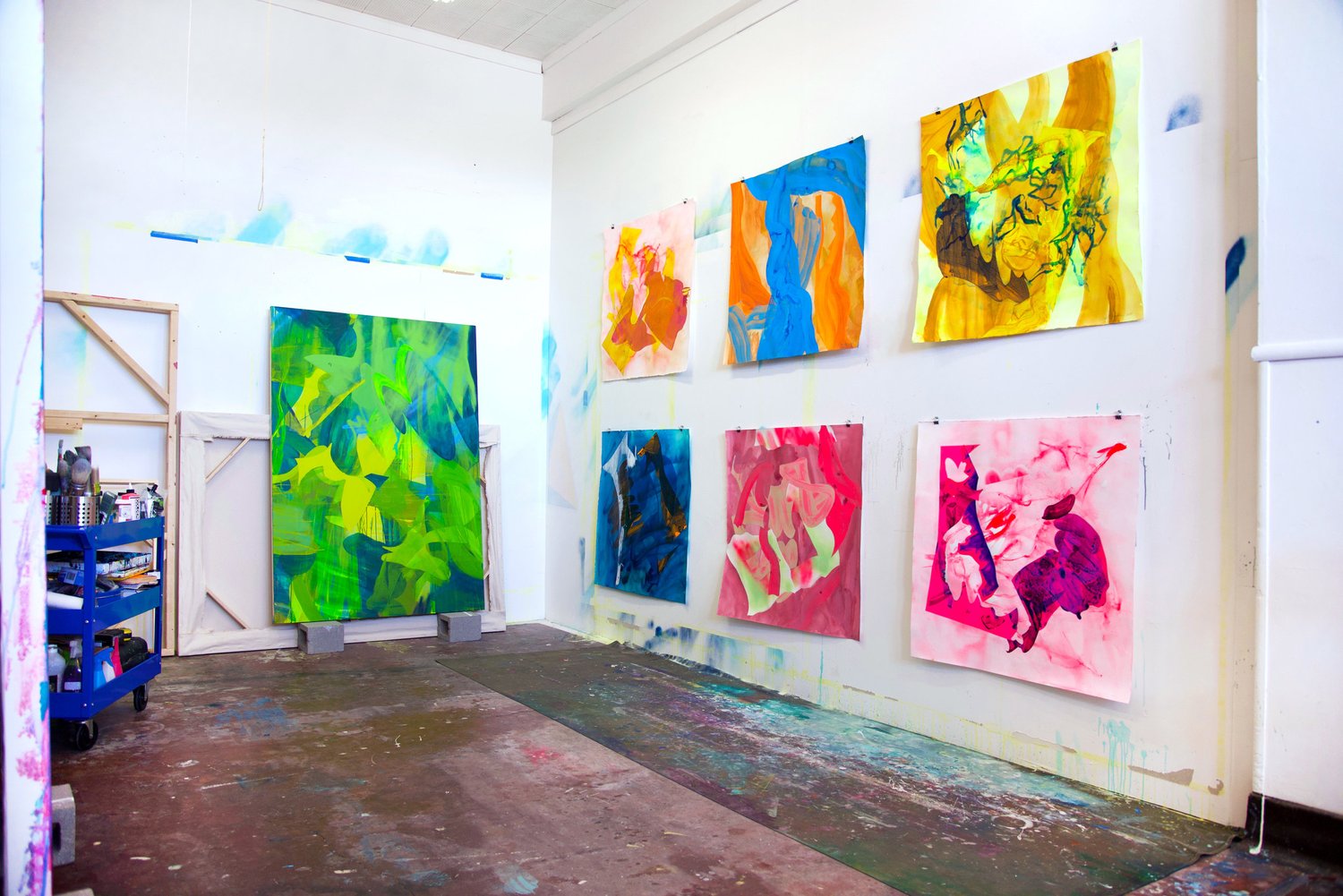
What sparked your interest in partnering with TurningArt?
I was intrigued by the variety of spaces TurningArt partners with, and love that they help place existing work in addition to commissioning unique, site-specific projects.
As an artist creating multidisciplinary work, I’m always looking for partners that I can collaborate with in multiple ways. I’ve found TurningArt to be very artist-centric, and appreciate that they make supporting artists and sharing knowledge a part of their business.
What does having your artwork in the workplace and other commercial or public spaces mean to you?
I love the idea that people could enjoy my work in all kinds of different environments…while they’re at the office or commuting to work or going out for a run at a park. Art should be a part of our everyday lives. I believe that art can help transform or redefine spaces, and I would like for my work to be experienced in different contexts and in all sorts of different settings, not just museums and galleries.
To see more featured TurningArtists, return to our blog. To get Nicole's art in your space, set up a free consultation with an Art Advisor here!
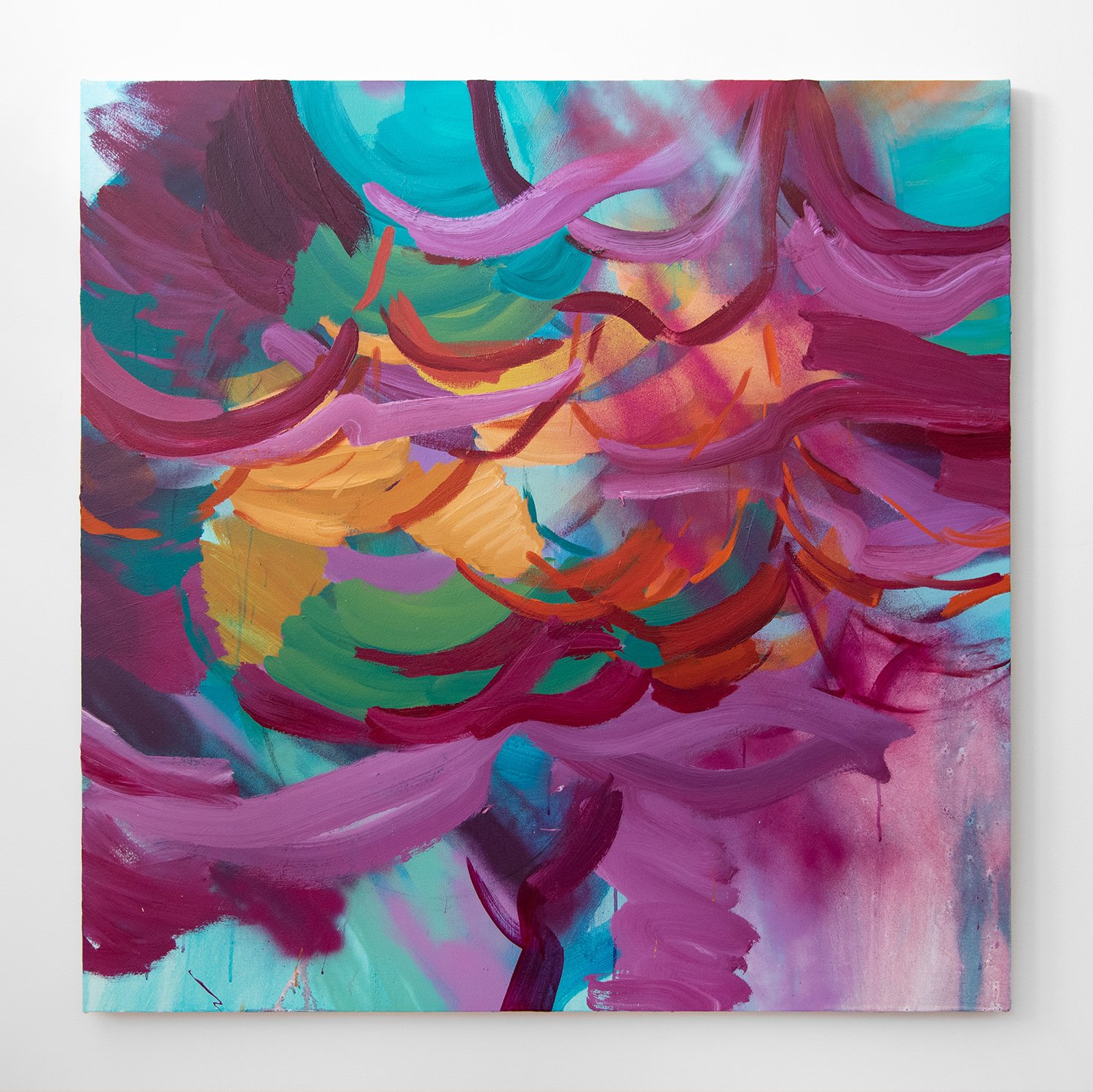
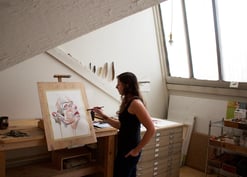



.jpg?width=332&height=177&name=%E6%A9%983-2%20(1).jpg)

